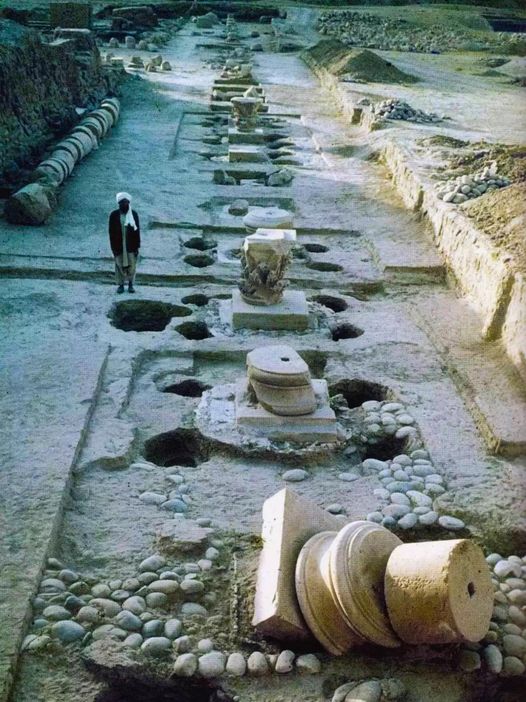Hidden among the Mediterranean maquis, a fascinating and enigmatic flower known as Cytinus ruber thrives in harmony with its surroundings. This striking parasite, often overlooked, captivates the hearts of those fortunate enough to witness its unique beauty. Join us as we delve into the world of Cytinus ruber, exploring its intriguing features, ecological role, natural habitat, cultivation challenges, and the profound allure it adds to the Mediterranean landscape.
1. The Enigmatic Cytinus ruber: An Introduction

Cytinus ruber, commonly referred to as the Mediterranean broomrape or red cuckoo-pint, is a parasitic flowering plant that resides within the Mediterranean basin. Here are some of its captivating characteristics:
Vibrant Blossoms: Cytinus ruber boasts striking, reddish-pink to purple blooms that emerge in dense clusters, creating a vivid contrast against the green backdrop of its host plants.
Underground Lifestyle: As a parasitic plant, Cytinus ruber has no chlorophyll and relies on the roots of nearby shrubs, particularly Cistus species, for sustenance. Its inconspicuous presence underground makes it a true botanical mystery.
Cryptic Appearance: Above ground, Cytinus ruber is almost invisible, with only its vibrant flowers occasionally betraying its presence.
2. Ecological Significance: Cytinus ruber in Mediterranean Ecosystems

Despite its parasitic nature, Cytinus ruber plays an important role in the Mediterranean maquis:
Symbiotic Relationships: Cytinus ruber's reliance on host plants encourages mutualistic relationships in the ecosystem, promoting cooperation between various plant species.
Pollinator Magnet: Its conspicuous blossoms attract pollinators such as bees, wasps, and flies, contributing to the pollination of other native plants.
3. Natural Habitat: Where Cytinus ruber Flourishes

Understanding Cytinus ruber's native habitat is essential for those interested in cultivation:
Mediterranean Maquis: This flower thrives in the Mediterranean maquis, a unique and diverse ecosystem characterized by shrubs, aromatic herbs, and rocky terrain.
Host Plants: Cytinus ruber specifically parasitizes shrubs within the Cistus genus, forming a hidden connection within the maquis community.
4. Cultivating Cytinus ruber: Challenges and Tips for Gardeners

Cultivating Cytinus ruber presents unique challenges due to its parasitic lifestyle:
Mimic Natural Conditions: Recreate the conditions of the Mediterranean maquis in your garden, including well-draining soil, abundant sunlight, and the presence of compatible host plants.
Host Plant Choice: Ensure you have suitable host plants like Cistus species nearby to support Cytinus ruber's growth.
Patience is Key: Cultivating Cytinus ruber can be a slow process, as it may take several years for the plant to establish itself and produce its captivating blooms.
5. The Profound Allure of Cytinus ruber
In the world of Mediterranean flora, Cytinus ruber stands as a symbol of adaptability and natural beauty. Its secretive, underground lifestyle and vibrant blossoms serve as a reminder of the intricate and often hidden wonders of the plant kingdom.
As we admire the alluring blossoms of Cytinus ruber and acknowledge its ecological importance, let us also take a moment to celebrate the broader beauty of the natural world. This enigmatic flower, with its captivating features, reminds us of the intricacies and awe-inspiring beauty that grace the Mediterranean landscape.
In conclusion, Cytinus ruber, the Mediterranean broomrape or red cuckoo-pint, is a botanical marvel that enchants with its vibrant blooms and cryptic lifestyle. Its ecological role, adaptability, and unique characteristics make it a cherished addition to the Mediterranean maquis and a testament to the hidden beauty of the plant kingdom. As we revel in the allure of Cytinus ruber, may we also cherish and protect the diverse and wondrous world of Mediterranean flora that enriches our landscapes.






